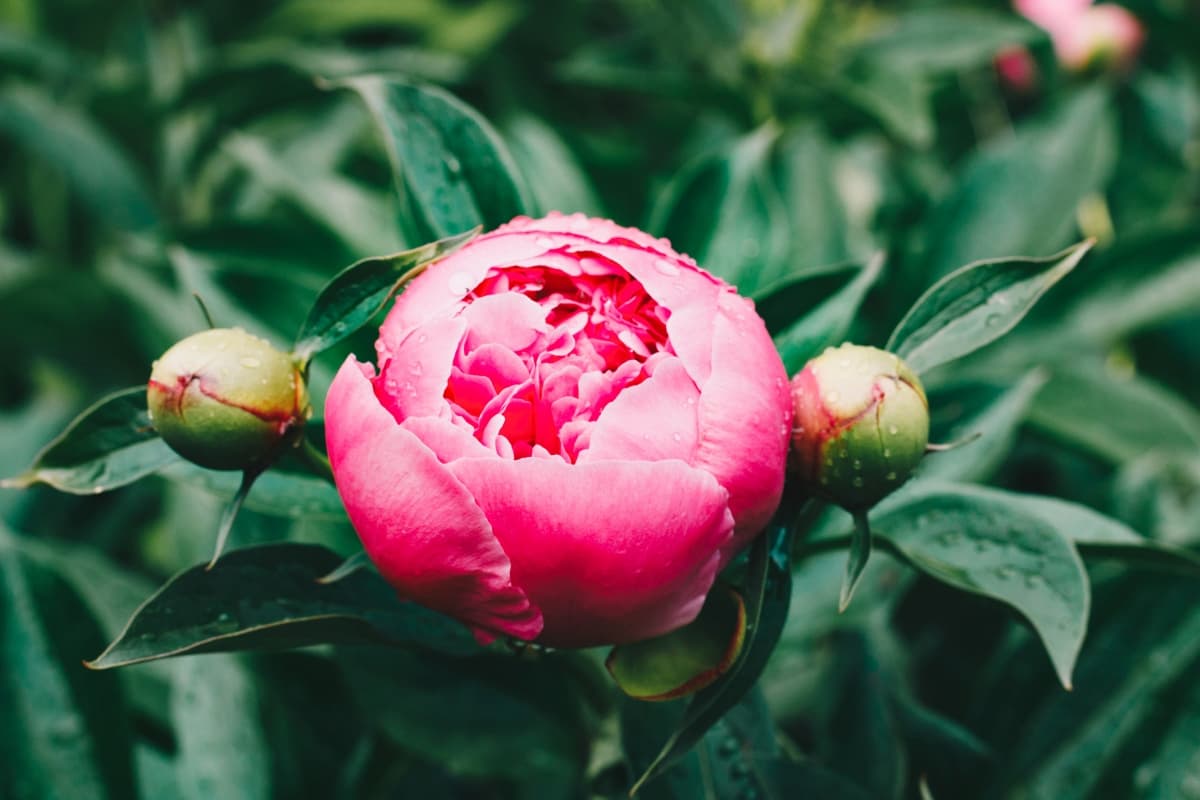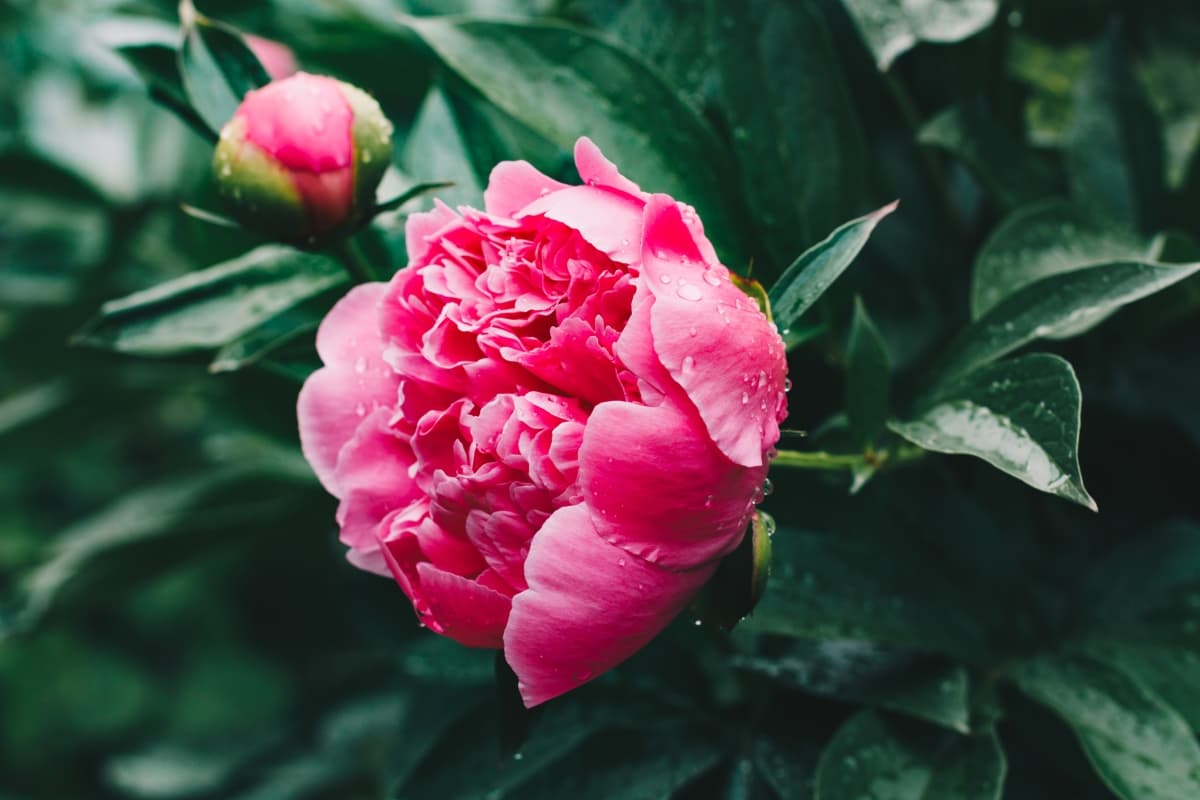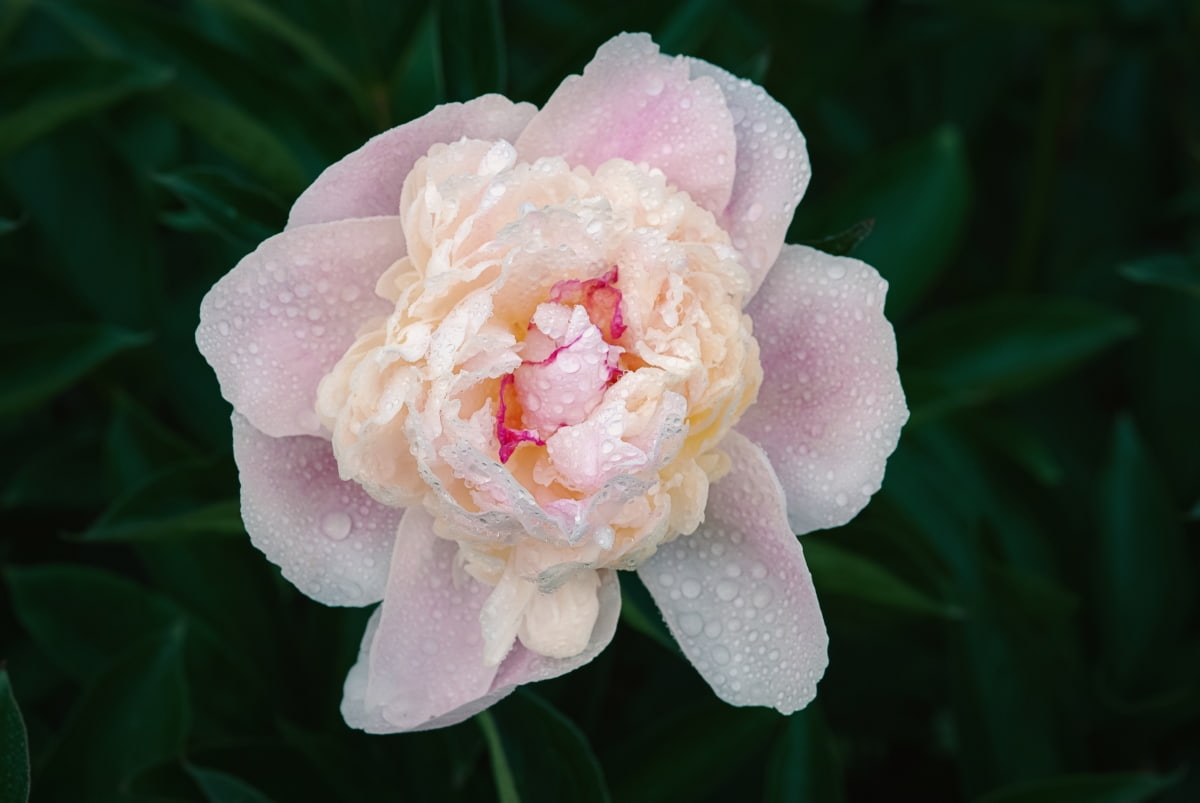The Peony, also known as Paeonia lactiflora or paeony, is a captivating flowering plant that belongs to the exclusive genus Paeonia. With its lush blooms and vibrant colors, it adds beauty to any garden or living space. There are several reasons why your potted Peony might not be blooming as expected. By addressing these issues, you may soon see those lovely blooms gracing your potted Peony once again.

10 Reasons Why Your Potted Peony is Not Blooming
Insufficient Light Exposure
Lack of Sunlight
If your potted Peony is not blooming as expected, then the main reason for this could be insufficient light exposure. Peonies thrive in full sun, so lack of sunlight might be hindering their blooming potential. Make sure your potted Peony is placed in a location where it can receive at least 6-8 hours of direct sunlight daily.
Obstruction of Light Source
If nearby trees or buildings obstruct the light source, it can also affect the plant’s ability to bloom. Consider moving your Peony to a sunnier spot or trimming back any obstacles blocking the light. Remember, proper lighting is crucial for your potted Peony to produce those beautiful blooms that you’ve been eagerly waiting for.
Improper Watering Practices
Overwatering
Improper watering practices can be a common cause behind your potted Peony’s lack of blooming. Overwatering is like drowning your plant – it suffocates the roots, leading to rot and stunted growth. Observing your potted Peony’s response to watering cues like wilting leaves or yellowing foliage can guide you in adjusting your watering routine accordingly.
Underwatering
Underwatering deprives your Peony of essential moisture, causing stress and hindering its ability to produce beautiful blooms. Peonies prefer well-draining soil that allows excess water to escape easily. Check the soil’s moisture level before reaching for the watering can. Letting the top inch or so dry out slightly between waterings can help prevent both over- and underwatering issues.
Nutrient Deficiency
Lack of Essential Nutrients
Nutrient deficiency might be the cause for the lack of blooms in Peonies. Peonies require specific nutrients like nitrogen, phosphorus, and potassium to thrive. Without these essentials, they struggle to bloom vibrantly.
Imbalance in Soil pH
Peonies prefer acidic soil with a pH between 6.5 and 7. If the pH level is off, it can hinder nutrient uptake and affect their overall health. To address this issue, consider using a balanced fertilizer specifically formulated for flowering plants. Regularly testing your soil’s pH levels can also help you make necessary adjustments to create an optimal growing environment for your beloved Peonies.
In case you missed it: Peony Germination: How Long Do Peony Seeds Take to Germinate?

Root Bound Conditions
Limited Root Space
Root-bound conditions can be a major factor contributing to your potted Peony’s lack of blooms. When the roots have limited space to grow and spread, it can hinder the plant’s ability to uptake water and essential nutrients effectively. This can lead to poor flowering performance.
Inadequate Drainage
Inadequate drainage is another issue that can arise when the roots are confined in a small pot without proper drainage holes. Excess water buildup around the roots can cause root rot, depriving the plant of oxygen and leading to overall stress. To prevent root-bound conditions, consider repotting your Peony into a larger container with sufficient room for root expansion. Ensure the newly selected pot has adequate drainage holes at the pot bottom to allow excess water to escape freely, promoting healthier root development.
Pests and Diseases
Pest Infestation
Dealing with Peony pests and diseases can be a nightmare for your potted plant. Pest infestations like aphids, spider mites, or mealybugs can wreak havoc on your plant’s health. These tiny intruders suck the sap from leaves and stems, weakening the plant over time.
Fungal Infections
Fungal infections are another common issue for growing Peonies. Diseases like botrytis blight or powdery mildew thrive in humid conditions, causing unsightly spots on foliage and inhibiting flower production. Preventive measures such as regular inspections, proper spacing between plants to improve air circulation, and removing any affected parts promptly can help keep these problems at bay. Choose organic solutions like neem oil or insecticidal soap to treat pest issues without harming beneficial insects in your garden.
Incorrect Pot Size
Pot Too Small
If your potted Peony is not blooming, the incorrect pot size could be a major culprit. A pot too small can restrict root growth and limit nutrient uptake, stunting the plant’s ability to bloom. By selecting the right-sized container for your potted Peony, you give it the best chance to thrive and showcase its beautiful blooms in full glory.
Pot Too Large
A pot too large can lead to waterlogging and poor drainage, causing stress on the Peony. For optimal growth and blooming success, aim for a 5-gallon-sized pot when planting your Peonies. This size provides enough room for healthy root development while also ensuring proper moisture levels within the soil.
Improper Pruning
Incorrect Pruning Time
Improper pruning can hinder your potted Peony from blooming to its full potential. Pruning at the wrong time disrupts the plant’s natural growth cycle, affecting its ability to produce flowers. To avoid this, always prune your Peony after it has finished blooming in late spring or early summer.
Excessive Pruning
Excessive pruning may seem like a good idea for shaping your plant, but it can stress the Peony and reduce flowering. Remember that less is more when it comes to pruning Peonies. Only remove dead or damaged stems and spent flowers to promote healthy growth.
Environmental Stress
Extreme Temperatures
The environmental stress on your potted Peony can be a silent blooming killer. Extreme temperatures, whether scorching heat or cold, can throw off the delicate balance this plant craves. Imagine being exposed to unbearable conditions without any respite; that’s what it may feel like for your Peony.
Drought Conditions
Drought conditions are another problem for your potted beauty to overcome. Just like us, Peony plants need water to thrive and survive. Without an adequate water supply, your Peony might be holding its buds tightly shut in self-preservation mode.
In case you missed it: How to Grow Gardenias/white Peony in Greenhouse: A Step-By-Step Guide for Seed to Harvest

Variety-Specific Requirements
Lack of Chilling Hours
When it comes to the potted Peony not blooming, one crucial factor to consider is its variety-specific requirements. Some Peonies need a certain number of chilling hours during winter to set buds for flowering in the spring. If your region doesn’t experience cold enough temperatures, your Peony may struggle to bloom.
Incompatibility with Climate
Different Peony varieties have specific climate preferences. They thrive in temperate climates and might not flower if exposed to extreme conditions that are incompatible with their natural habitat. Understanding these individual needs can help you troubleshoot why your potted Peony is not producing blooms as expected.
To address this issue, research the specific requirements of your Peony variety and try to mimic its ideal conditions as closely as possible in a potted environment. By catering to its unique needs, you can create an optimal growing environment that encourages blooming success for your beloved potted Peony.
Transplant Shock
Stress from Transplanting
Transplant shock can be a common issue when moving your potted Peony to a new location. The stress from the transplanting process can disrupt its blooming cycle. It’s like adjusting to a new environment – it takes time for your Peony to settle in and feel at home again.
Inadequate Acclimatization Period
Adequate acclimatization is crucial after transplantation. Your Peony needs time to adapt to its new surroundings, so patience is key. Just like how we need time to adjust after major changes, your plant does too. During this period, provide extra care and attention to help ease the transition for your Peony. Monitor its growth closely and make sure it has the right conditions for recovery.
In case you missed it: 10 Reasons Why Your Lantana is Not Blooming: 100% Effective Solutions for Flowering Issues in Lantana Plant

Conclusion
Potted Peonies bring a touch of elegance and charm to any space, whether it’s a balcony, patio, or garden. These beautiful flowering plants are not only visually appealing but also have their growing importance. The lack of blooms in potted Peonies can be frustrating, especially when you’ve put in the effort to care for your plant. Keep exploring potential causes for your potted Peony’s flowering challenges, as addressing these issues will ultimately lead to a more vibrant and blossoming plant.
- Feed Your Flock for Less: Top 10 Tips to Save on Chicken Feed
- Ultimate Guide to Ossabaw Island Hog: Breeding, Raising, Diet, and Care
- Hatching Answers: The Top 10 Reasons Your Chickens Aren’t Laying Eggs
- Eggs and Economics: Breaking Down the Cost of Raising Backyard Chickens
- Defend Your Greens: Proven Methods to Keep Iguanas Out of Your Garden
- Ultimate Guide to Cinnamon Queen Chicken: A Comprehensive Guide for Beginners
- Ultimate Guide to California Tan Chicken: Breeding, Raising, Diet, Egg-Production and Care
- Ultimate Guide to Marsh Daisy Chicken: Breeding, Raising, Diet, and Care
- 10 Types of Chicken Farming Businesses You Can Start for Profits